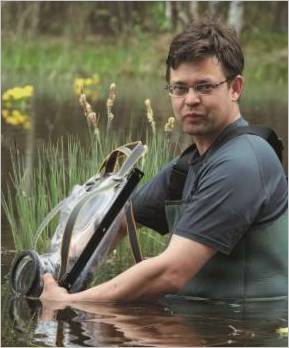
New professional camera Canon EOS 7D, announced in September 2009, in the hierarchy of digital SLR cameras company Canon, based on the sensor APS-C, takes the top position. Up until now, Canon has only released amateur and semi-professional models with such a sensor. Our expert photographer Andrian Kolotilin will share with you his impressions and test results of the new camera.
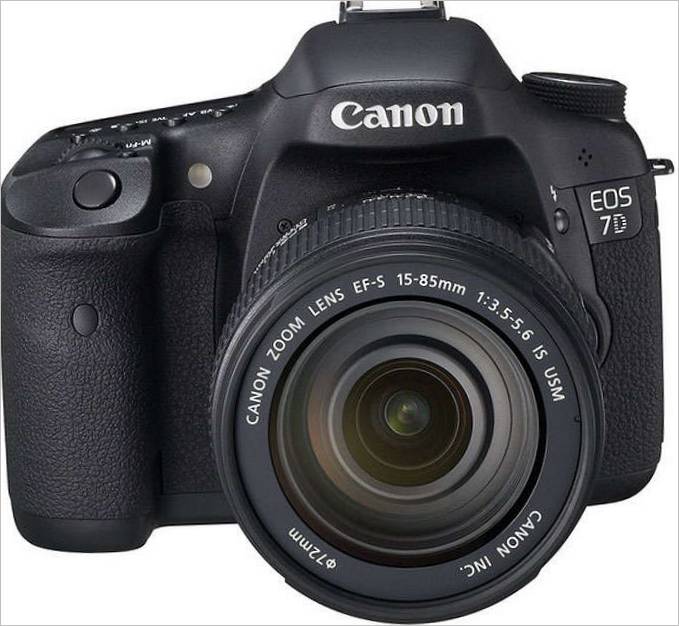
Canon EOS 7D SLR camera
Technical specifications
Sensor: CMOS with dust cleaning function
Size: APS-C 22.3×14.9 mm
Resolution: 18.0 MP 5184×3456
Krop Factor: 1.6
Recording format: RAW, JPEG
Light sensitivity: ISO 100-6400 expandable to 12,800
Video shooting: MOV Video: H.264, audio: linear pulse-code modulation 1920×1080 29.97 25 and 23.976 fps./s , 1280×720 59.94 50 fps./640×480 59.94 50 fps , 640×480 59.94 50 fps , 640×480 59.96 50 fps ./(up to 30 minutes , up to 30 minutes.
Viewfinder: pentaprism, matte screen
Image area coverage: 100%
Display: Color LCD Clear View II TFT , 3.0 inches, about 920,000 dots
Shooting speed: up to 8 fps, up to 126 JPEG frames in a series, up to 15 RAW frames in a series
Memory cards: CompactFlash Type I/II
Weighing in at 820g
Price: 2030
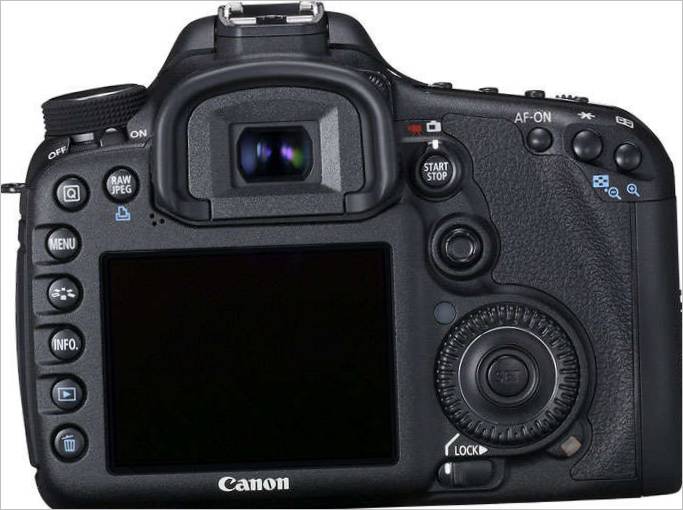
Introduction
It’s probably every craftsman’s dream to have a reliable tool in his hands. One that helps with the work, so you can put all your energy into creating rather than fighting with the tool. And not too expensive. For the photographer these tools have always been the camera and lenses. Company Canon has expanded a line of professional cameras and has presented in September, 2009 model Canon EOS 7D, focused on professional use. The price of the camera doesn’t astound with the number of zeros in the price tag and is currently about 60,000 Dollars. Since I have been working with Canon imaging equipment for many years I wanted to know if this new model would be a reliable tool in a photographer’s carrying case. All the more so for daily work so often lacked fast, light, rather inexpensive camera with high resolution, which can give a good picture at high values of ISO. All of this, according to the manufacturer, is characteristic of the new model. During a week and a half I used three cameras for shooting: new 7D, full-frame Canon EOS 1Ds Mark III and Canon EOS 50D, each time choosing the camera I thought was more suitable for the task.
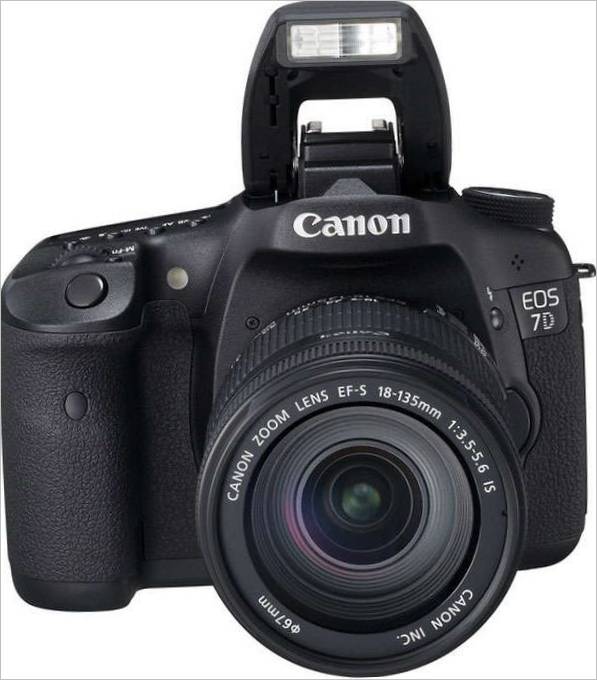
Description
The description usually starts with the heart of the camera, the sensor and processor. We’ll start with the body, viewfinder and ergonomics. The body Canon EOS 7D reminds a series of semiprofessional cameras, but is more similar to Canon EOS 5D Mark II, at least logic of the arrangement of control buttons on the back panel at them general. The place of the button to switch the camera on has changed and is now under the program selector, which is unusual for the previous generations of digital cameras of this company. Whether or not it’s convenient is a matter of habit, but photographers who use different cameras to take pictures have to keep track of which model is in their hands.
No scene modes appeared in the mode dial, which once again speaks volumes about the professional segment of the camera. The viewfinder shows 100% of the frame. Horizontal and vertical grid, spot metering area, lighted focus points can be displayed in the viewfinder while shooting. I found it unnecessary and distracting from the scene, especially when shooting in a dark room, but you can select other modes, for example a convenient option where only one focus point selected by the user is visible on the frosted glass and the rest of the viewfinder area allows you to observe the scene without interference.
The focus system has been redesigned. Focus points 19, all of them cross-type and work in all modes, traditionally selected by joystick or wheel control the latter with some experience is faster . Compared to the previous models, with the exception of the 1 series, it became very easy to adjust the focus point so that you could control the sweet spot for reportage without having to change the composition. Position of light button of upper display, as well as in EOS 5D mark II, next to shutter button, that again is more comfortable in comparison with models of all previous series. In dark locations, this innovation proves useful.
The video and focus buttons on the LCD monitor are combined, with the selector underneath the button.
The camera is equipped with a new APS-C CMOS sensor of 22.3×14.9 mm with a resolution of 17.9 million. In the 600-megapixel camera with possibility of video shooting in format to 1920×1080. Cropped ratio 1.6. The shutter speed with such a large sensor size is up to 8 frames per second. Two DIGIC 4 processors process this massive data stream and write it to the CompactFlash memory card. The shutter is quiet, continuous shooting in the conference room no longer draws the attention of several rows, as it was with previous generations of cameras. Quiet shooting with on-screen metering allowed the camera to remain unnoticed even in a theater.
The built-in flash can now also fire the EOS system’s large external flashes wirelessly. Why, it might be argued, do professionals need the built-in flash?? Turns out to be needed, as it turned out recently, when shooting in a cramped cavity inside an airplane landing gear.
The LP-E6 battery, already used on the full-size EOS 5D Mark II, with a capacity of 1800 mAh proved to be better. Despite the active use of Live View, one charge allowed me to shoot more than 1500 frames in one shooting day, the remaining capacity was 25% of the initial level. I was informed about this in the menu tab with information about the battery.
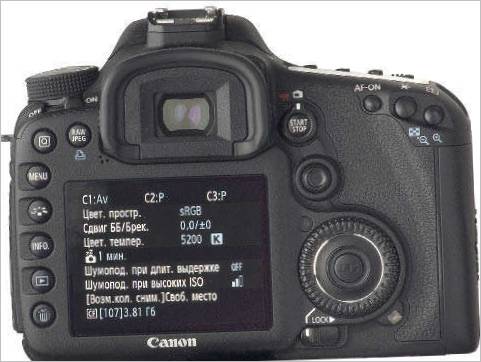
Working with the flash
The EOS system and Speedlights were always a constant source of attention when working together. Various reflective surfaces are used to achieve a good, not flat, picture of light, it is often necessary to switch to manual mode to set the shutter speed and aperture, active work on flash power correction to both plus and minus photo 10 . With the latest cameras, it’s easy to set all the settings on the camera. I moved the external flash settings menu to the “My Menu” tab, which came in handy when I was frequently changing shooting conditions. The nightclub shot required changing to manual control modes for both the camera and the flash, and the new EF-S 18-135mm f/3.5-4.5 IS lens was perfect for creating a dynamic effect Photo 11 . While shooting the show, both the light intensity and the color were constantly changing. The powerful yellow spotlight confused the automatic, and a slight color balance adjustment in the graphics editor was required. The picture was taken right off the bat, without getting ready, but the preset values were just right photo 12 .
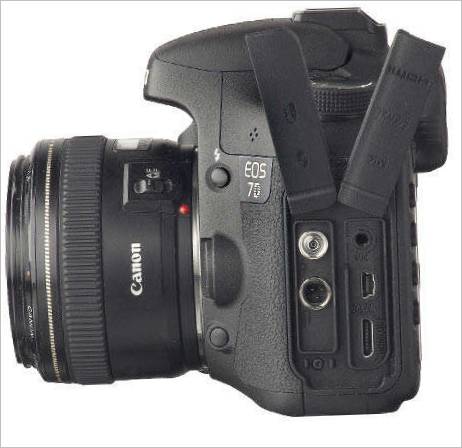
Photo 1. International presentation, speaker only with projector light transmitting slides to the big screen. Can’t use the flash, it would over illuminate the information on the screen. The only help was the monopod. The camera focused on the speaker with confidence. I had to use Live View mode f/3.5, 1/20sec, ISO 800, 70-200mm lens, focal length 200mm to reduce shutter vibration and sound, and improve focus precision.
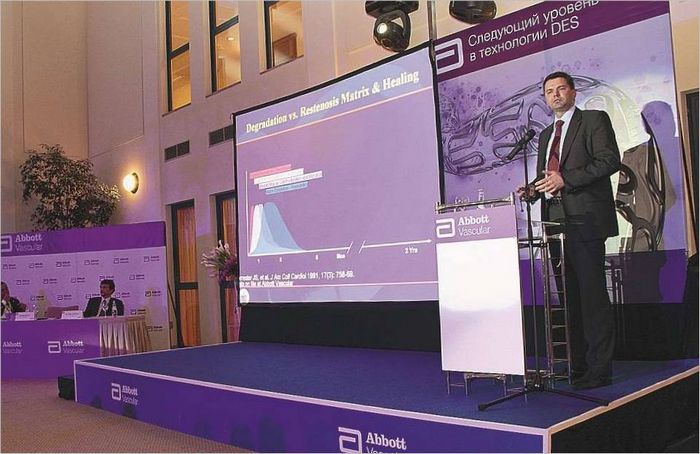
Photo 2. The lightweight and compact EF-S 18-135mm f/3.5-4.5 IS covers a large range of focal lengths and delivers high mobility and responsiveness in simple shootings. It quickly and accurately points, produces sharp images, and is very handy in situations where operability and weight are more important than aperture ratio and image plasticity f/7, 1/5s, ISO 800, 18-135mm lens, focal length of 18mm .
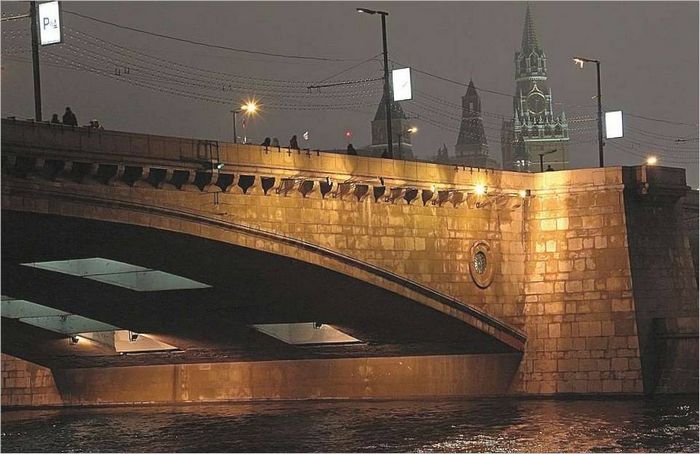
Photo 3. Shooting an evening cityscape without a flash handheld – a good test for high sensitivity and also for the lens stabilization system. I usually do this with a series of three shots. In our case, all three shots were sharp, and the stabilizer did a great job f/10, 1/15s, ISO 3200, 18-135mm lens, focal length of 55mm .
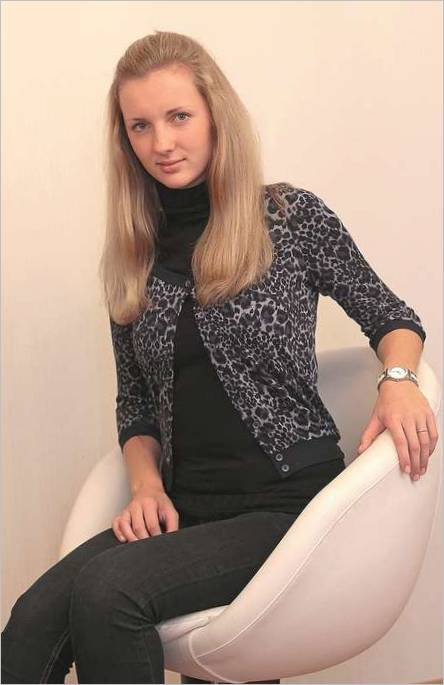
Photo 4. When shooting a portrait of a woman under incandescent light, the camera produces a soft and smooth image f/3.5, 1/60 sec, ISO 1600, 50mm lens .
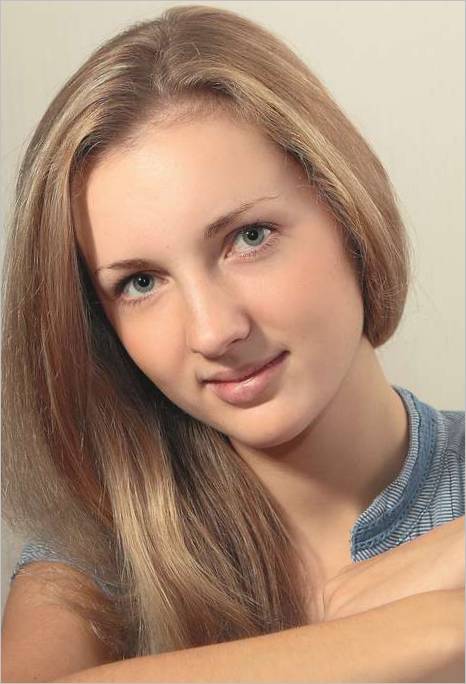
Photo 5. Use of studio light proved once again the camera’s potential in studio portraiture. High resolution with good optics allowed for great cropping without loss of quality. Eye-level focusing is precise f/5.6, 1/200 seconds, ISO 100, 24-70mm lens, focal length of 46mm .
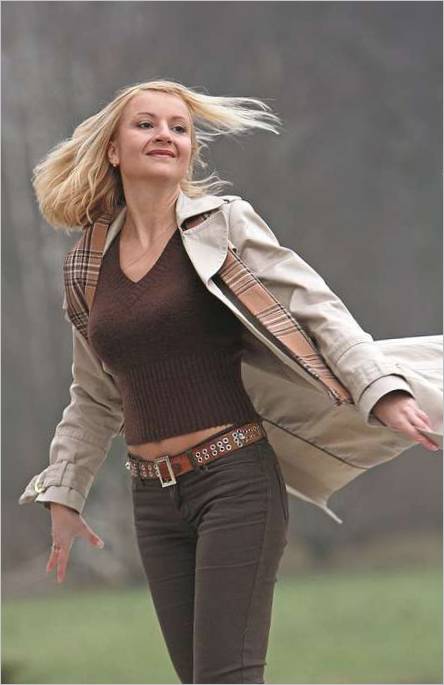
Photo 6. I tried to exclude all negative influences in order to get a good picture, but the noise reduction somewhat smoothes out hair, texture of fabric and small details at high sensitivities. This feature is quite noticeable when enlarged f/4, 1/800 s, ISO 800, 70-200 mm lens, 175 mm focal length .
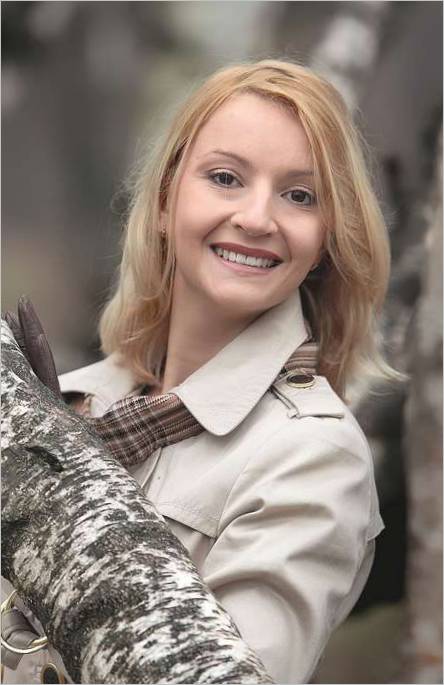
Photo 7. Turning down the sensitivity to 400 ISO, t. e. sacrificing dynamics, I almost brought the quality of the fine details, such as hair and texture, back to a good level with the same lighting conditions f/4, 1/200 sec, ISO 400, 70-200mm lens, 170mm focal length .
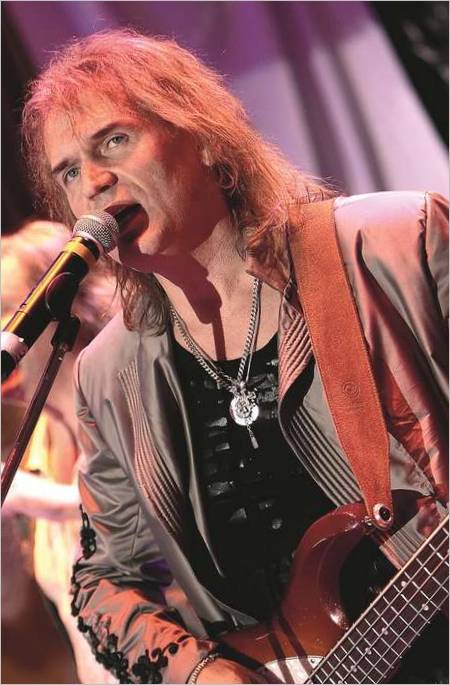
Photo 8. When shooting the reportage of the pop stars, I reduced the influence of the noise reduction system to a minimum, but I increased the sensitivity even more. The amount of detail increased f/2.8, 1/100 s, ISO 1600, 70-200 mm lens, 78 mm focal length .
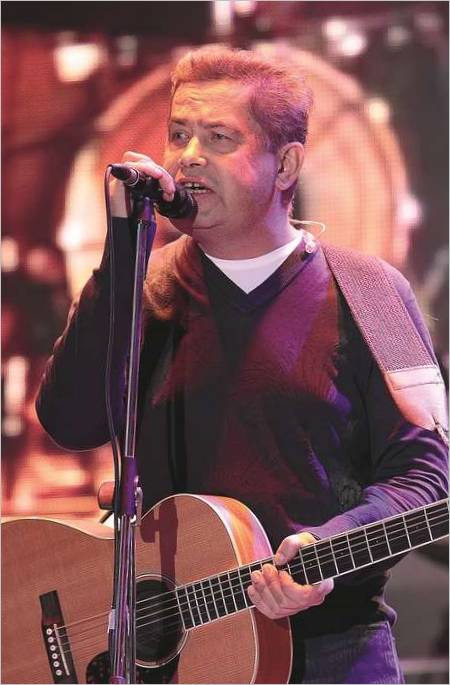
Photo 9. Using 3200 ISO with WYSIWYG and specialized noise reduction software yielded photographic and printing results f/3.2, 1/160 s, ISO 3200, 70-200 mm lens, 153 mm focal length .
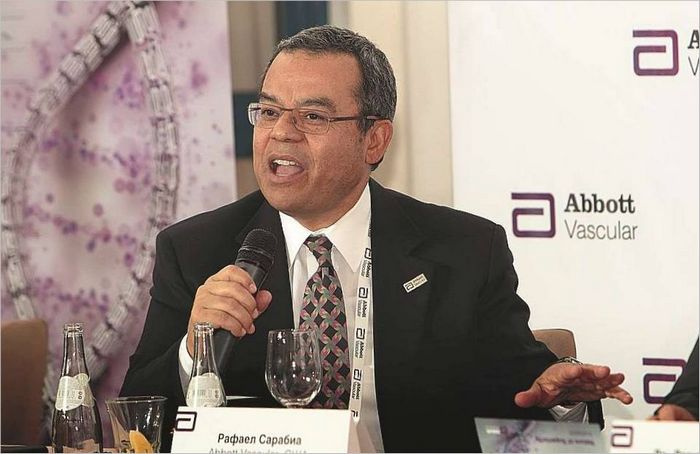
Photo 10. Press conference in a darkened hall. Easy operation with the external flash in the program. The high light sensitivity is set up so that a reflector can be used to give a volumetric light pattern. No ceiling in the room f/4, 1/60 s, ISO 800, 70-200 mm lens, focal length of 200 mm .
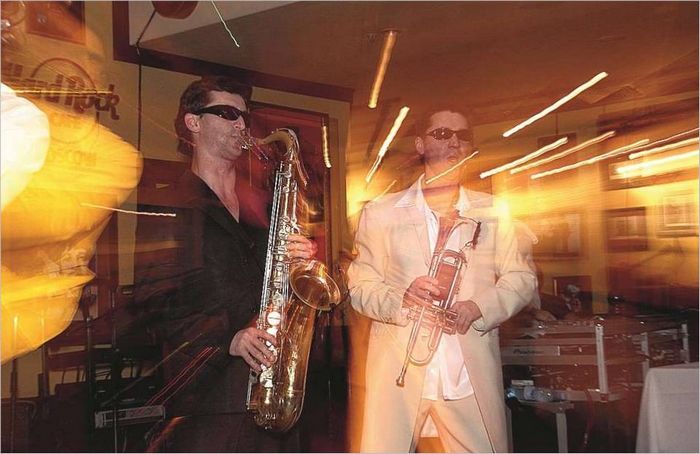
Photo 11. Nightclub shooting was done in manual mode with both camera and flash. The new EF-S 18-135mm, f/3.5-5.6 IS f/6.3, 1/10sec, ISO 800 was perfect for creating a dynamic effect.
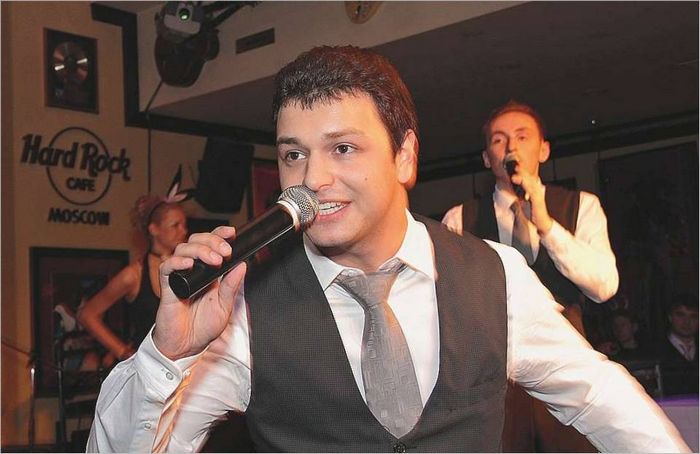
Photo 12. The showman in a nightclub. Because of the powerful yellow spotlight, the camera’s automation made a mistake, requiring a slight subsequent correction in a graphic editor. Photo taken at a glance. EF-S 18-135mm, f/3.5-4.5 IS lens managed to get and confirm focus f/6.3, 1/40sec, ISO 800, focal length 31mm .
Other manufacturers’ camera tests:
Nikon D3100 SLR test: a gateway to the SLR world
Test SLR Sony SLT-A55

This camera test seems to highlight the dynamic and professional capabilities of the Canon EOS 7D DSLR. However, I’m curious to know if it performs well in low-light situations or if there are any limitations to its features such as video recording or autofocus capabilities. Can anyone provide insights on these aspects?